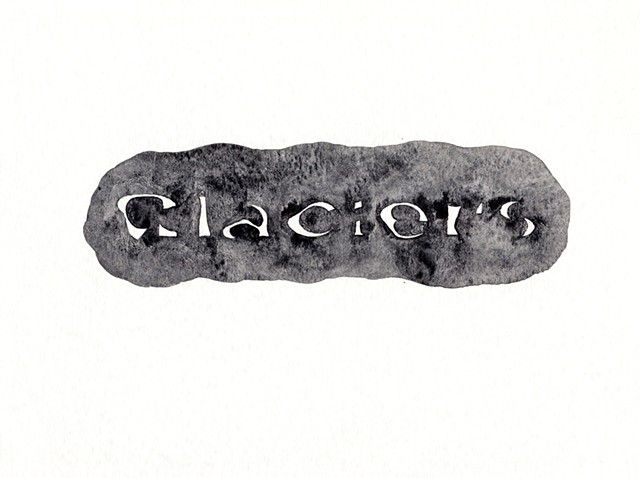Weather Reports
Greenland is experiencing its most significant melting event of the year as temperatures in the Arctic surge. The amount of ice that melted on Tuesday alone would be enough to cover the entire state of Florida in two inches of water.
As human-caused climate change warms the planet, ice loss has increased rapidly. According to a recent study published in the journal Cryosphere, Earth has lost a staggering 28 trillion tonnes of ice since the mid-1990s, a large portion of which was from the Arctic, including the Greenland ice sheet.
Massive ice sheets can melt rapidly when the air temperature is warm. But warmer ocean water is also eroding the ice sheet around the edges.
As humans release heat-trapping greenhouse gas, the warming atmosphere thaws the fresh white ice — which reflects the sun's energy back into space — on the surface. That exposes the darker ice below which absorbs solar energy and causes more melting.
Reference:
Ramirez, Rachel. 2021. "The amount of Greenland ice that melted on Tuesday could cover Florida in 2 inches of water" CNN. July 30. 2021.
